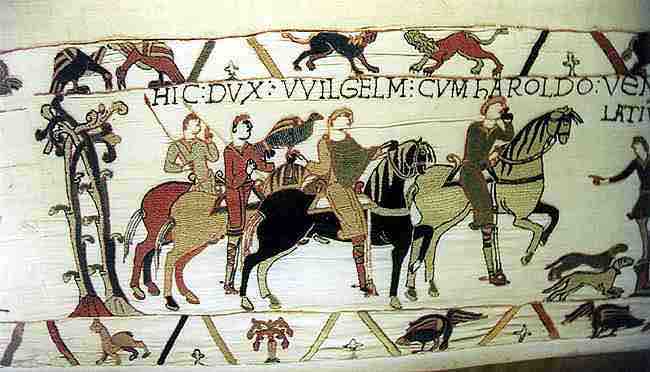Art can be used to advance nationalistic goals by providing a state or nation with political and social legitimacy. "Romantic nationalism" refers to the phenomenon by which a state derives power from the unity of those it governs, whether it be through culture, religion, customs, language, or race. Romantic nationalism was a key component of Romanticism as well as certain post-Enlightenment philosophies that focused on the development of national language, folklore, and traditional customs. This form of nationalism arose in reaction to imperial and dynastic hegemony, which acquired legitimacy not from the bottom-up but from the top-down; in other words, from the authority down to the people. National anthems, national epics, and national treasures are part of the language of Romantic nationalism, and date back to the 18th and 19th centuries.
After the 1870s, Romantic nationalism became a very familiar movement in the arts that allowed for a form of reinterpretation of the past, without being considered merely historicist. Nationalist movements for the separation of Finland and the kingdom of Bavaria from Germany proved successful, Czech and Serb nationalism created conflict, Welsh and Irish tongues experienced a poetic revival, and the Zionist movement both revived Hebrew and began immigration to Israel. In the first few decades of the 20th century, Romantic nationalism had exerted an important influence on political events. The belief that nation states forming around unities in culture and ethnicity was in some sense "natural" was prominently held. After the Second World War, however, Romantic nationalism took on a darker tone.
Some degree of art-based national pride still exists today. The age-old notion of the state gaining political prowess through its artistic output still holds true. Cultural heritage—both tangible and intangible—is regarded as highly valuable. It is not uncommon for museums and art galleries to be owned by the state, thereby imparting biased and/or nationalistic world views on exhibitions. A "national treasure" refers to shared culture which has been deemed exceptionally valuable and could be a skilled musician, such as Yo-Yo Ma, or a cultural object of great value, such as Britain's Bayeux tapestry. Governments influence the artistic output of their regions by presenting grants and awards to artists whose careers they wish to support—a model which is not unlike the dynastic patronage common throughout Europe in the past.

Bayeux Tapestry
The Bayeux Tapestry is an embroidered cloth—not an actual tapestry—nearly 70 metres (230 ft) long, which depicts the events leading up to the Norman conquest of England concerning William, Duke of Normandy and Harold, Earl of Wessex (later King of England) and culminating in the Battle of Hastings.